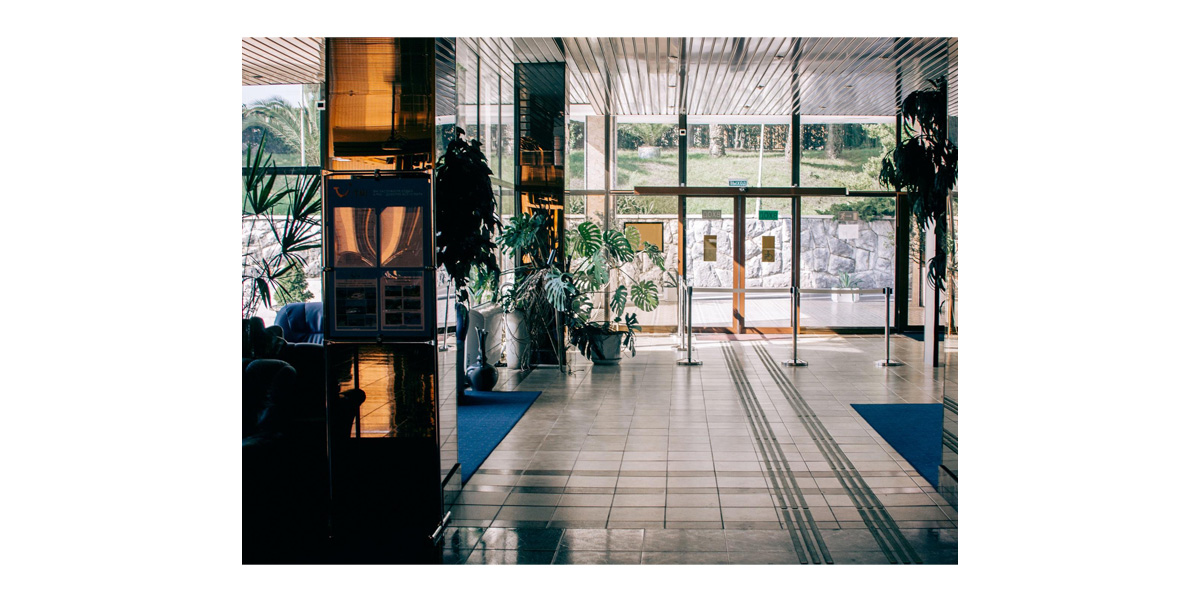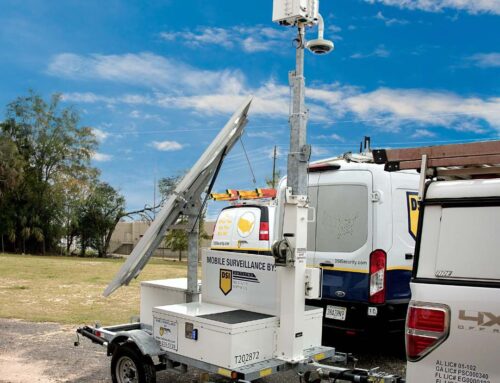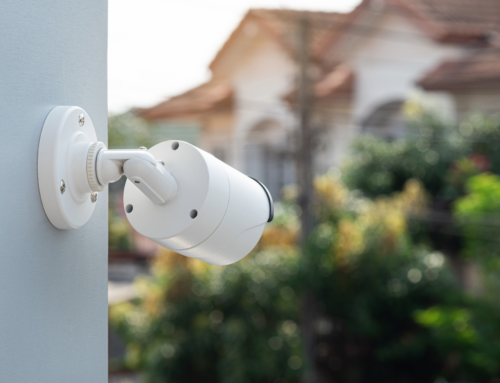By Jamie Ridenhour
Crime Prevention Through Environmental Design, or CPTED, is the concept of designing buildings and properties to mitigate crime. Most of us interact regularly with the principles of CPTED without even being aware of them. For many of us at most we may get a feeling of safety when a property conforms to the principles included in the design philosophy. Conversely, a potential criminal may see those same design choices and be discouraged from acting, and that is exactly what CPTED is all about.
CPTED (pronounced sep-ted) is an overall design strategy that influences architectural and landscape design and management with the goal of crime mitigation. The environment that results from the practice should discourage and impede criminal behavior.
There are four main principles of CPTED:
-
- Natural surveillance
- Natural access control
- Territorial reinforcement
- Maintenance
Natural surveillance refers to the simple idea that criminals do not want to be seen or recognized, so will avoid situations where they are highly visible and cannot easily hide or escape. Brightly lit entrances with a clear line of sight from many directions are a common example of natural surveillance that we’re all familiar with.
Visibility from both inside and outside is also an example of the design strategy. Consider the large expanses of glass on gas stations and convenience stores in higher crime areas. While it might make sense to fortify a building with more brick, the glass acts as a hindrance to crime by making everything that happens inside easily visible from the outside.
The elimination of hiding spots is another part of the strategy. Trees, bushes, fences, dumpsters, and vehicles should not be permitted where they can block the line of sight and create hiding places. Fences in particular must be given careful consideration. A high fence made of solid material may provide a more sturdy physical deterrence, but could actually help a criminal depending on its placement and if it inhibits proper surveillance.
CCTV cameras can be a good addition to natural surveillance. Visible cameras and high-profile screens showing the camera feed are an excellent crime mitigation tool. A potential criminal that knows for certain that their actions are being watched and recorded will often simply move on to an easier target.
The term access control may conjure up images of door locks and badge readers, but natural access control is about more than that. The concept includes the use of walkways, crowd control barriers, lighting, signage, fences, or landscaping to clearly guide people to and from entrances. The goal is not necessarily to deny a criminal entry, but to keep the flow of traffic orderly so that unusual activity can be spotted easily.
Natural access control works hand in hand with natural surveillance by guiding traffic away from areas that are more difficult to monitor. It can also be used to make access to important areas just a little more difficult for a bad actor. The tension barrier guiding customers to a bank teller is not going to stop a bank robber but will force them to move more slowly or risk drawing unwanted attention. Housing subdivisions with only one entrance to discourage unwanted cut-through traffic are another example.
Territorial reinforcement is the concept of creating a clear distinction between public and private property. A fence around the property line creates a clear delineation between the private territory and the rest of the world. The idea not only makes criminals question whether they really want to cross the boundary, but also gives legitimate occupants a clear indication of what “their” space is. They are then more likely to notice and even challenge or call authorities on people who should not be in that space.
Maintenance refers to the ongoing task of keeping a property well-maintained and is related to territorial reinforcement. We might think of property upkeep as just a matter of pride but giving the impression of pride in a property also serves as a deterrent. For most of us, a property that is poorly lit with litter strewn about, graffiti on the walls, and broken windows just feels unsafe. But for a criminal, the unkept property indicates that they are unlikely to get caught committing a crime. Good maintenance provides a positive invitation to customers or residents and at the same time makes a miscreant think twice about committing a crime.
A criminal’s perception is often the most important aspect of crime prevention through environmental design. Whether consciously or unconsciously, a criminal is going to evaluate their likelihood of success before acting on a bad intent. “Will I be seen? Can I get in and out quickly? Does anyone really care what happens here?” are all questions that will be in the back of a criminal’s mind. By designing for natural surveillance, access control, territorial reinforcement, and maintenance we can make sure the answers are not what criminals want to hear. They will most likely move on, reducing the possibility of confrontation, theft, or violence.
Crime Prevention Through Environmental Design should be a factor in any property development or security plan. The principles apply to a wide range of scenarios from private homes to commercial buildings to entire developments or cityscapes. All can be made safer by making crime more difficult and less tempting through effective design.







